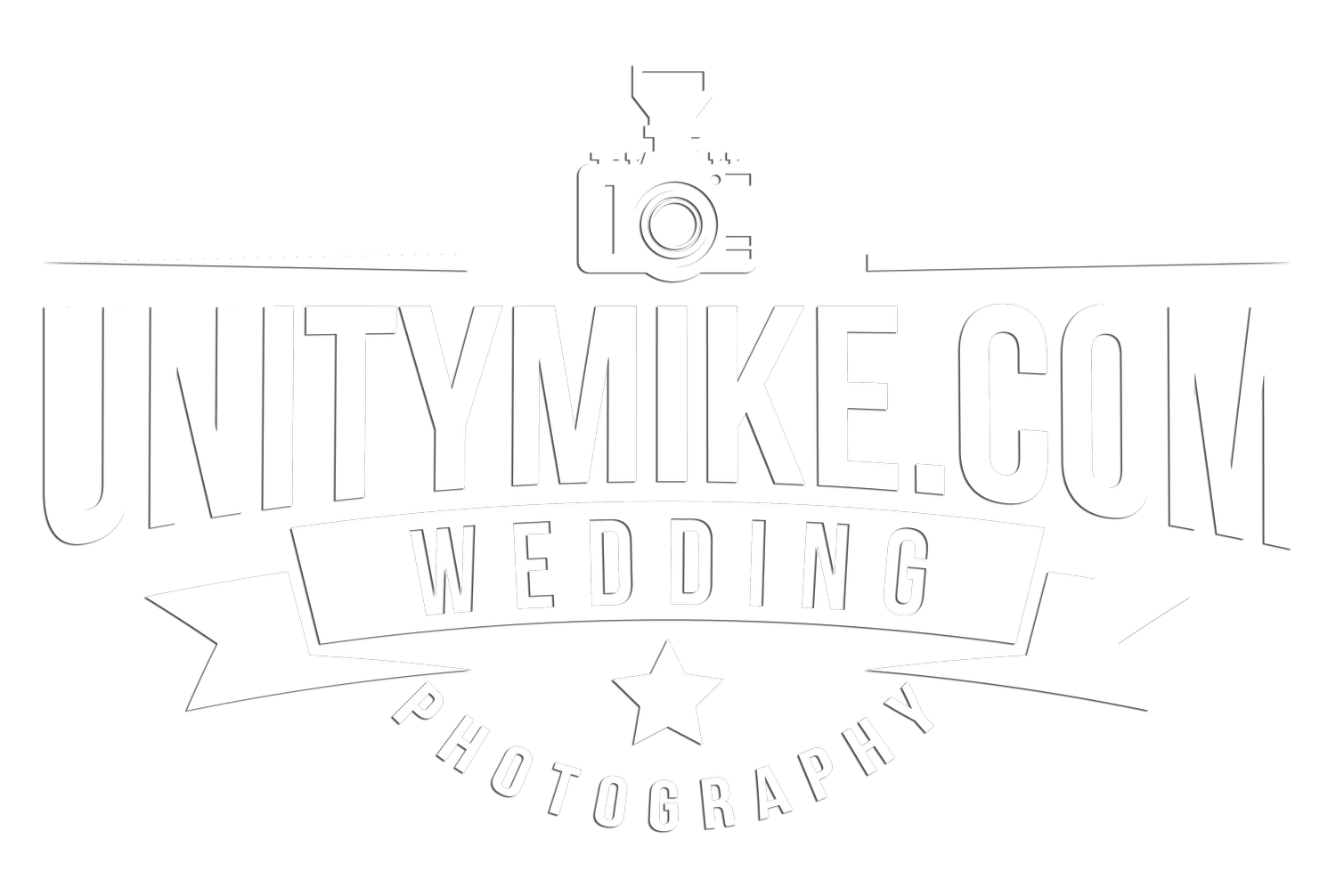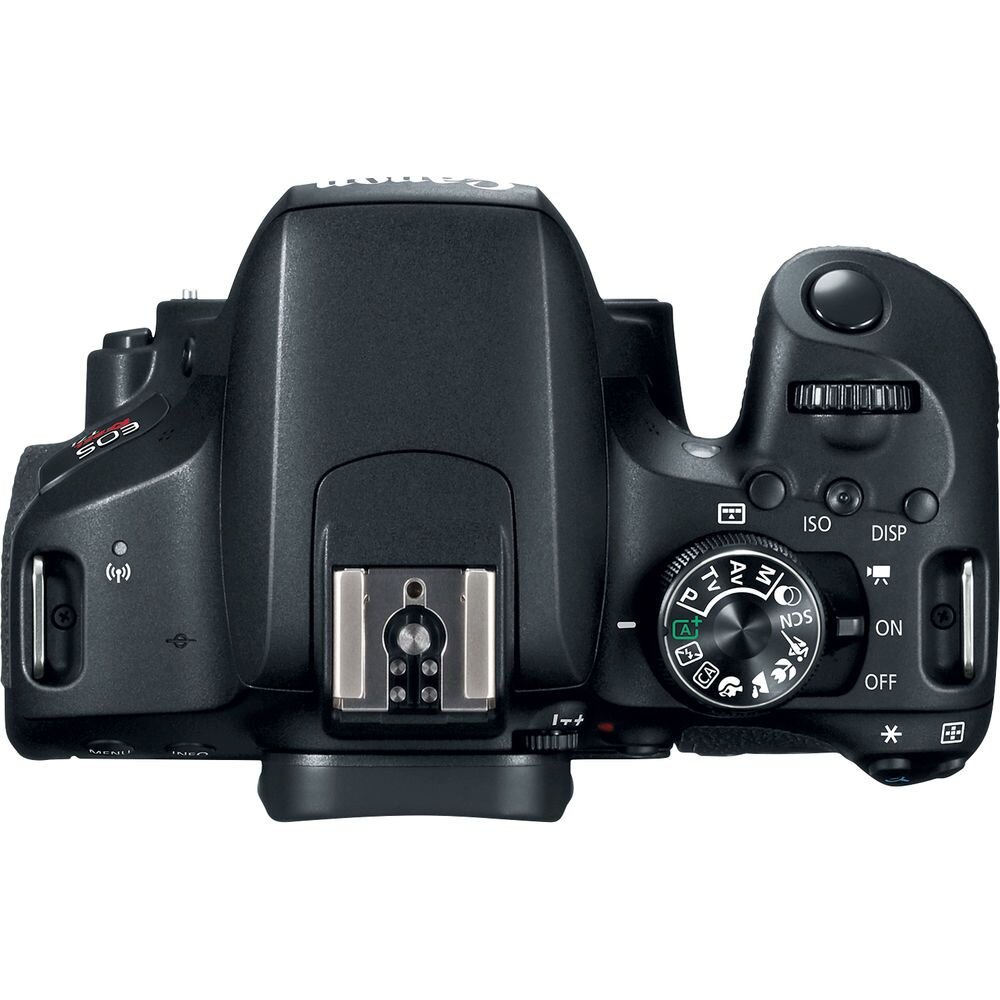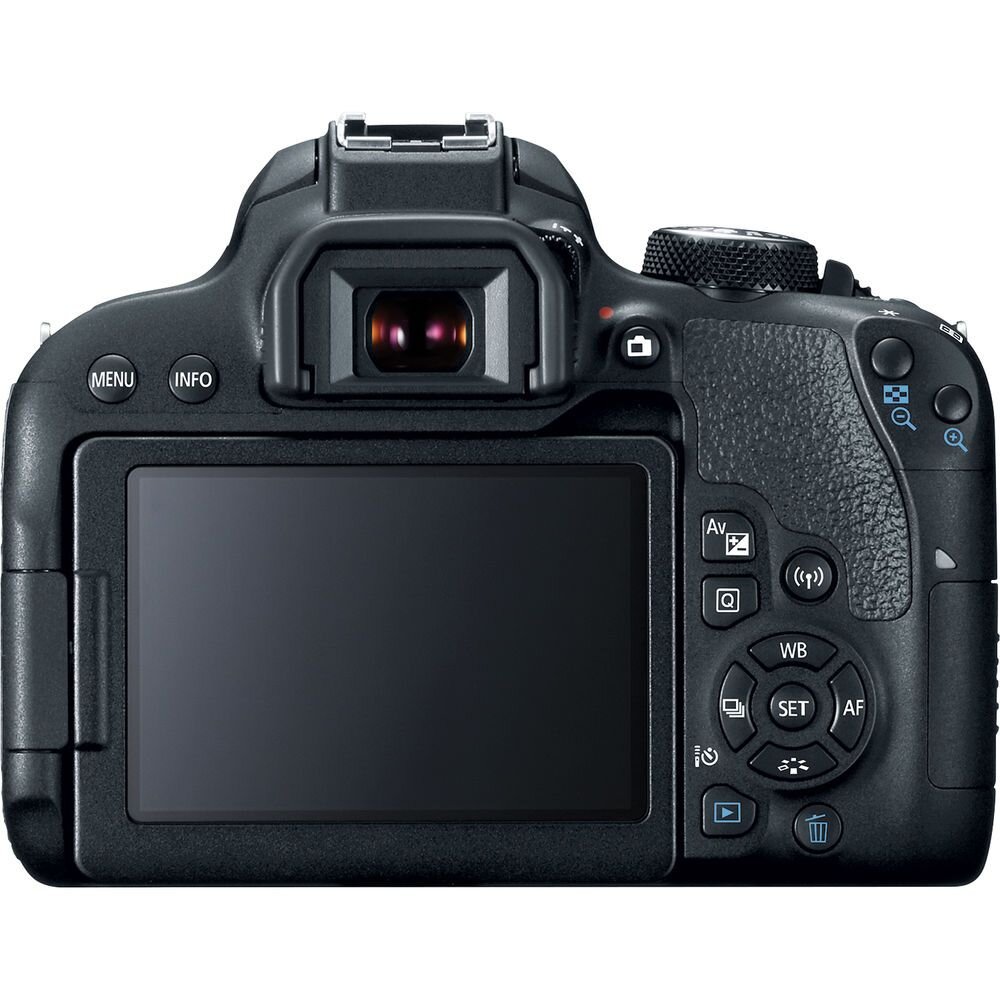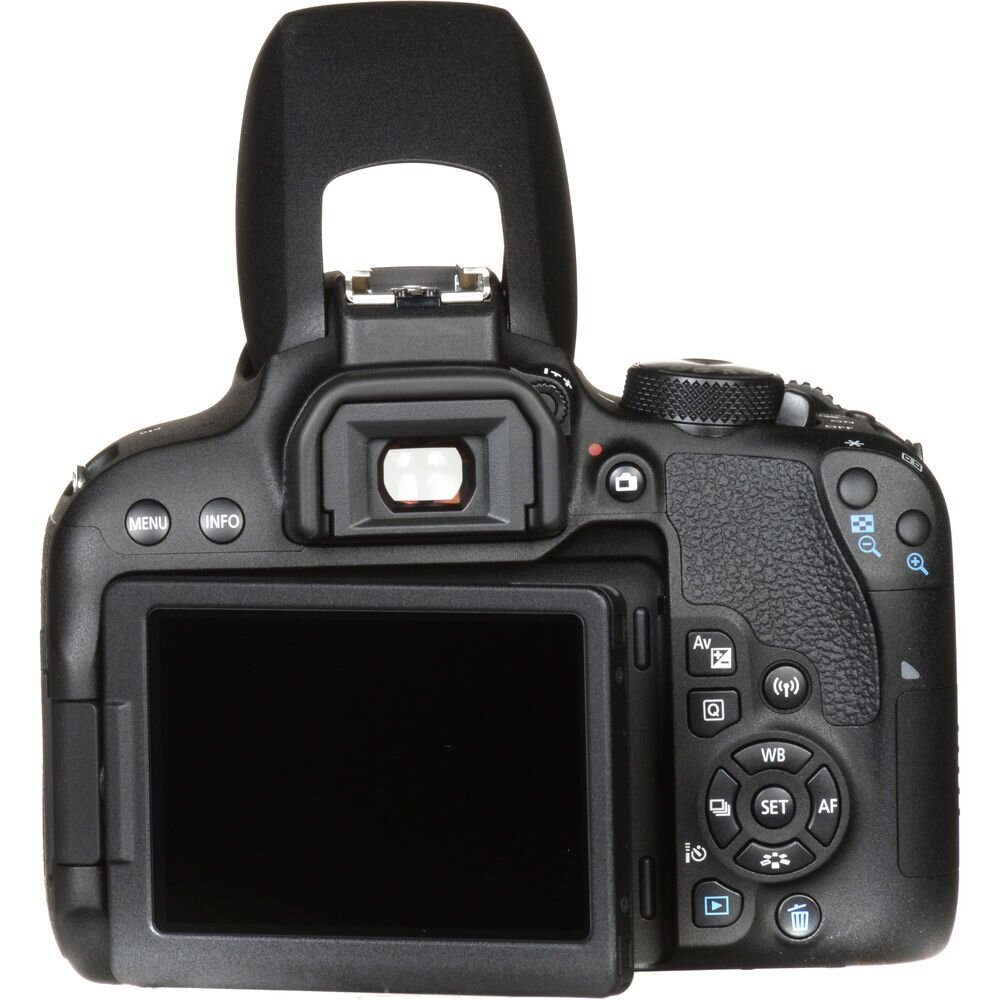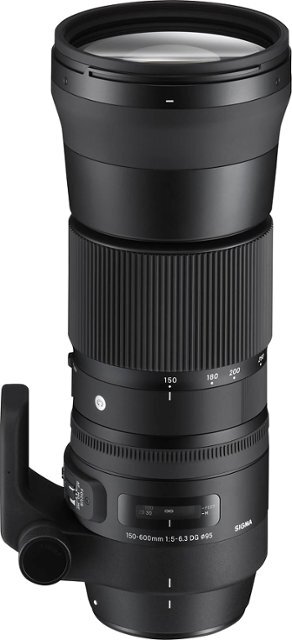Your first camera setup.
/So this is one of the questions that I always seem to get asked but never take the time to make a template for. I have templates (prepared answers) for most every question I get repeatedly asked. I’ve in fact put together several Amazon wish lists of what I would suggest. But these lists also have to be explained to people otherwise it seems like a bit much.
So in this blog i’m going to share my Amazon wish list and also break down my choices and reasoning behind each selection. Link will be included with each section so that you can go and purchase whatever your little heart desires. I’ll also include alternate selections that will either be pricier or more affordable, I break it down either way so you can decide which is best. The end of this blog will also include a conclusion that should hopefully make you feel like you’re not making a purchase that you’ll regret. ❤️
Canon rebel t7
CAMERA
The first thing you’ll need to get started is the actual camera body. This particular camera body isn’t going to break the bank. This camera is going to get your feet with having a DSLR (Digital Single Lens Reflux, i’m totally flexing here with my photography knowledge). One of the main benefits of these cameras is having an internal memory buffer. So instead of the camera writing directly to a memory card it will instead route the photos to an internal memory buffer which then pushes files to the memory card. This means faster photos which turns into you taking more photos, at least thats what studies have said. DSLRs also have the ability to swap out lenses. So you can change the focal length and aspects of your camera which makes it a bit more fun that a fixed lens system.
The Canon Rebel T7 also allows you to shoot in a mode called RAW. This is a setting that most professional photographers use. Instead of a 7mb JPEG file you are shooting a 20 mb RAW file. That means more data to play with on the back end (we’ll get to that later). I’m not going to get too heavy into the specs of this camera beyond these few things that i’ve mentioned. The menu system on this camera is fairly simple to learn and the best thing is how it’s the same on every Canon system. So if you upgrade to another Canon camera someday you won’t feel lost. You’ll also be able to start out on Auto on this camera and move to shoot manually (you decided aperture, iso, shutter speed).
The camera also has what’s called a hotshoe on top of the body. This is for a flash gun (a flash, ignore the gun term). With an external flash you’ll be able to better light your subjects without having it come out looking like a photo from a crime scene. The camera has a built in pop up flash (pop up flashes are garbage, don’t use them unless you have to).
The Canon Rebel T7 also has a screen that tilts away from the body. You can either use this feature for interesting selfies or getting a better angle low or high. It also flips to hide the screen to protect it from scratches (don’t bother trying to protect your camera from scratches, each scratch is feather in your cap). There is also built in WIFI and NFC into the camera so you can download photos directly to your camera while on the go. I use this occasionally just to share photos with friends quickly but rarely post anything straight out of camera.
This is a great starter camera. If you’re serious about getting deeper into photography and looking for something thats a little bit “more” out of a camera then I would suggest the Canon 6D. The Canon 6D is a full frame camera that won’t break the bank. Has a full frame sensor which means you’re pulling more information into your photos like color, saturation, sharpness, contrast, low light shooting. This is the least expensive full frame that Canon currently offers.
Whichever camera you decide on, don’t forget to buy lots of extra batteries. I use genuine and also off brand batteries for my camera. I always have at least two or three extra batteries. You never know when you’re going to leave the screen on or if a battery didn’t properly charge the night before.
The green box in the camera is the actual camera sensor (full frame). You see that it is much larger than the canon rebel t7. better for indoors, low light and professional grade photos.
Amazon: Canon Rebel T7 (Body only) Feel free to buy used or renewed. Most people take care of their equipment and when reselling cameras or most electronics it is tested before being sold again. Just make sure to run the camera through it’s paces in the first weeks in case there is an issue and you need to return it.
LENSES
So i’m going to be very vocal about this, do not get the 18-55 lens that this camera is often bundled with. The 18-55 is a garbage plastic lens, quality sucks from it and it has what’s called a variable aperture (not going to explain this one, above your pay grade at the moment). It’s what’s called a kit lens (whatever lens is bundled from a company with a camera) and if you’re buying a DSLR to get into photography then I assume you want to be creative and learn about photography, this lens will only allow you to zoom in on things and get mediocre photos. The lenses i’m going to suggest for you are two prime lenses and also a super telephoto lens (zoom). The goal is to get you super excited about photography and I think through these three lenses you’ll get there.
Canon 50mm 1.8
This lens is a must own for any photographer. It's great in low light, for portraits and landscapes. It will get you thinking creatively because you won’t be able to zoom in on subjects, you have to be the zoom, you have to move. With a 1.8 aperture you’ll be able to get professional looking photos with lots of bokeh (the blurry background of a photo when you’re focused on a subject). The bokeh is usually enough to encourage anyone to keep taking photos. This lens is also very light and you can even purchase a lens hood with it. A lens hood helps stop any light leaking into the lens from the side or above. It also makes the lens just a little bit cooler looking.
Amazon: Yongnuo 50mm 1.8 is also a very comparable lens that will get the job done and save you a little bit of $.
Canon 35mm f2
This is great for indoors, portraits, food photography. On a cropped body such as the Canon Rebel T7 this is more so a 50mm in disguise. There’s a small magnification with a cropped sensor cameras such as the T7 and a 35mm is more like a 50mm and a 50mm is closer to an 85mm. Regardless, this lens when you use it is proportioned to what you see from your eyes (you’ll understand once you use it). This lens also has great bokeh and is very solid. I would bring this to a wedding in a heart beat.
Amazon: Yongnuo 35mm 1.8 is a super affordable lens. I’ve bought this for friends who didn’t believe me about how awesome it was.
Canon 75-300 f4.0-5.6
So you still have the need to zoom into things either for portraits or landscapes. This is a great affordable lens that does have a variable aperture but that won’t matter much because the majority of this lenses use will be outside. I’ve used this lens to get photos of sunsets, sunrises and the moon as well as people, places and things.
Amazon: Sigma 150-600mm 5-6.3 if you want something that’s a little bit more. The lenses are the things you hold onto with any camera kit. The body is what gets changed out.
FLASH
Yongnuo 600EX RT-II
Having an external flash on your camera verses the built in flash will make a world of difference in your photos. Just using light, even incorrectly will let whoever is seeing the photo know that the photo was taken by someone who has a little bit more knowledge than the average person. You can use this flash which will sit on top of your camera to angle the light to more interesting places such as a wall, ceiling or even put a colored gel (really thin sheet of colored plastic) to get interesting effects.
This particular flash is one of my favorites because it’s a knock off that is identical to the four hundred dollar Canon 600ex-rt II. I own eight of these flashes. You can actually control multiple flashes from a single unit. This means lots of interesting lighting once you get the hang of things. I’m not going to get into how to hook up multiple flashes or off camera lighting in this blog. You can purchase other modifiers for your flash like the MagMod system as well which will allow you to flex a little more.
As you can see they are nearly identical. Both perform excellent and can be used to trigger one another when on the same channel.
Lots of buttons to play with and learn. It’s a lot easier than it looks. Most of the time I shoot on manual power (I always know how the flash is going to fire) and I just change my camera settings from there.
EXTRAS
Now that you have the essentials like the camera and lens we can talk about the extras that are going to make owning a DSLR that much more fun. These are things that I myself have and wouldn’t go without.
Think Tank Airport Commuter
This is one of my favorite purchases ever. I’ve owned many backpacks in regards to camera gear. This is by far one of my favorites. Great for lifting from the side or top. Built in security (has a wire built into the bag that can be used to wrap around objects to prevent your bag from traveling far). Tons of storage for your small things and also very customizable interior. I’m constantly changing my layout for different needs. I also use this as a hiking backpack when I bring equipment because I can compartmentalize my gear very well. This bag also has a waist strap and chest strap to stop any wobble when you’re hiking or moving quickly. It’s $199 but it’s very worth it. Consider that you won’t have to upgrade to a bigger bag as you get more and more accessories for your camera. Highly suggest the Think Tank line of backpacks they offer.
Lots of room, organize, shift, move it around. The blue bag has a rain cover inside.
Fits tons of gear
The R Strap
There are plenty of cheap knock offs and imitators, but this is absolutely a must buy. This is a great company who i’ve used their products for almost fifteen years now. Instead of your camera dangling around your neck you can have it rest securely at your side. Simply screw the attachment into the baseplate of your camera and tighten it as much as you can. Now while you’re not using your camera it rests under your arm, you’ll have it ready much quicker when the moment arises. When you’re ready to shoot all you have to do is reach down to your camera and it effortlessly slides up the strap to meet your eye. Instead of taking your camera in and out of a bag or worrying that you’ll knock something over when you bend down, this is the answer; R strap. The company offers lots of different options, some can take on two bodies (cameras) and others have a strap that goes under the arm as well for a more secure fit.
Storacell battery holder, AA Eneloop batteries, Titanium 16 bay AA charger
If you’re using an external flash then you’ll need AA batteries. I love these battery holders because you can either sit the battery positive or negative side down to indicate if it’s charged or uncharged. They’re also great to throw indoor pocket when you’re out shooting and need to change batteries quickly. The ENELOOP batteries are awesome for external flashes because of they low discharge rate, it’s meant to go in a flash. I will say that they are pricey but worth it. I never use throw away batteries. Most of my AA batteries I have are over five years old and still hold their charge. I pair these batteries with the Titanium 16 bay charger which charges AA & AAA batteries. Charging takes only a few hours and I own three of these chargers actually. (When you shoot a wedding you end up with a lot of dead batteries afterwards)
Amazon: Storacell AA Battery holder
So I do plan to make a wish list on Amazon so I can include that here at the bottom. But for now you’ll have to click back and fourth to get to Amazon and add everything to your cart. The most important thing is you’re investing in a hobby or profession. You’re not buying something that will be outdated in a few years. My current camera a Canon 5d MKIv is almost five years old and i’m still getting miles out of it. The above selections as far as camera and lenses are to get you excited about shooting. Anyone can pick up a Canon Rebel and put it on Auto and walk around with the kit lens and get okay photos. But if you want to get good then you’re going to play with the prime lenses (35mm & 50mm) and start to play around in manual mode (selecting your aperture, iso, shutter speed). When you take good photos you will be rewarded with compliments from friends, family and strangers which will only encourage you to take more and more photos. The items that I’ve picked out are for kids getting into photographer or people my age getting into photography. I buy used as well, so if you see a deal out there, go for it. Feel free to message me with any questions or give me a call. I’ll eventually add more to this blog and clarify any points you might be curious on.
Please do not buy combos like this. 90% of it is garbage. May seem like an easy choice to make, save money, bundle… no… stop, garbage!
